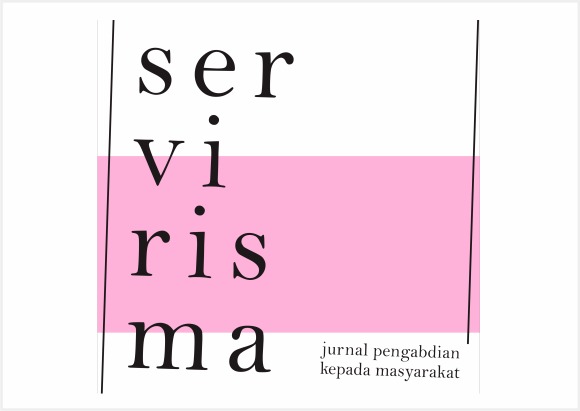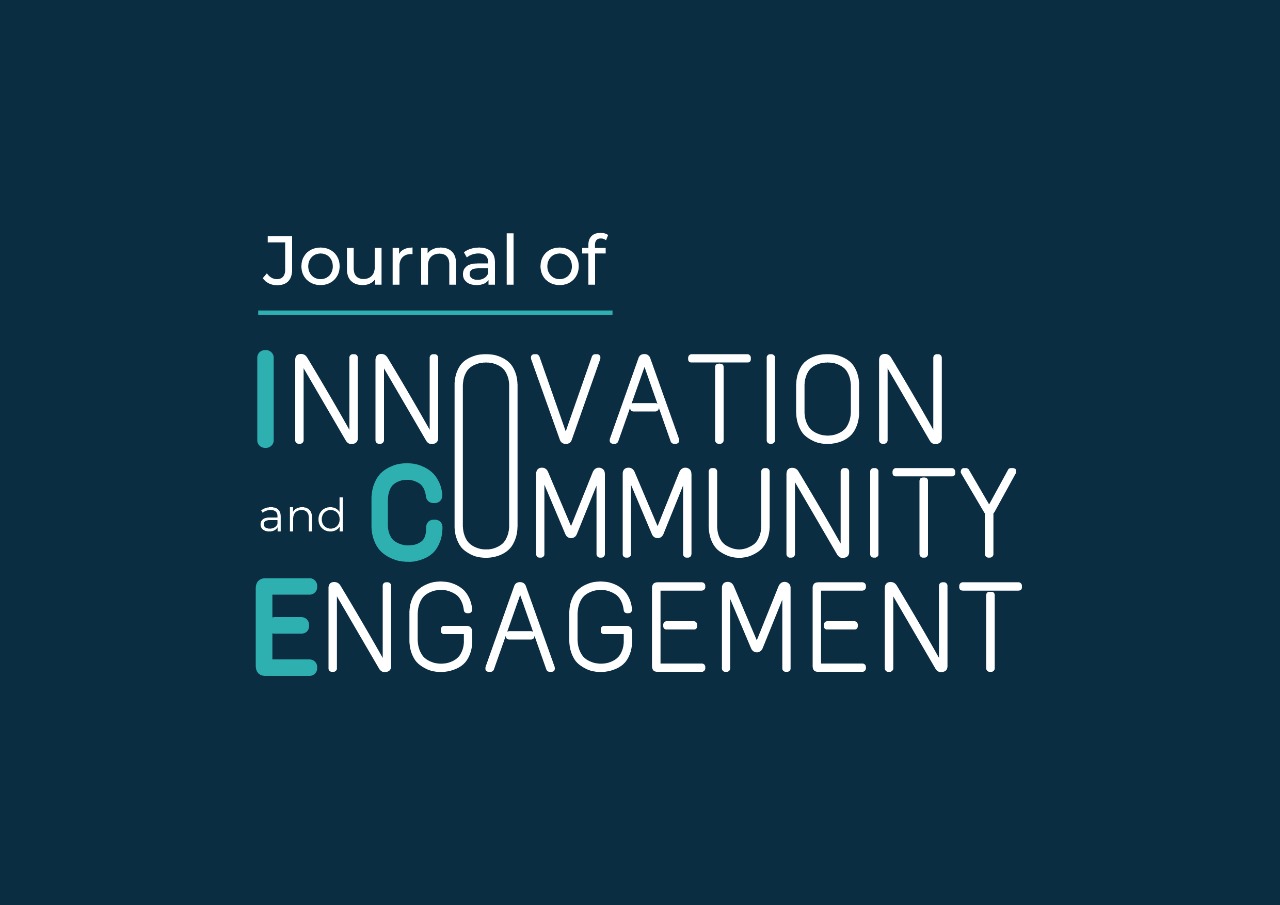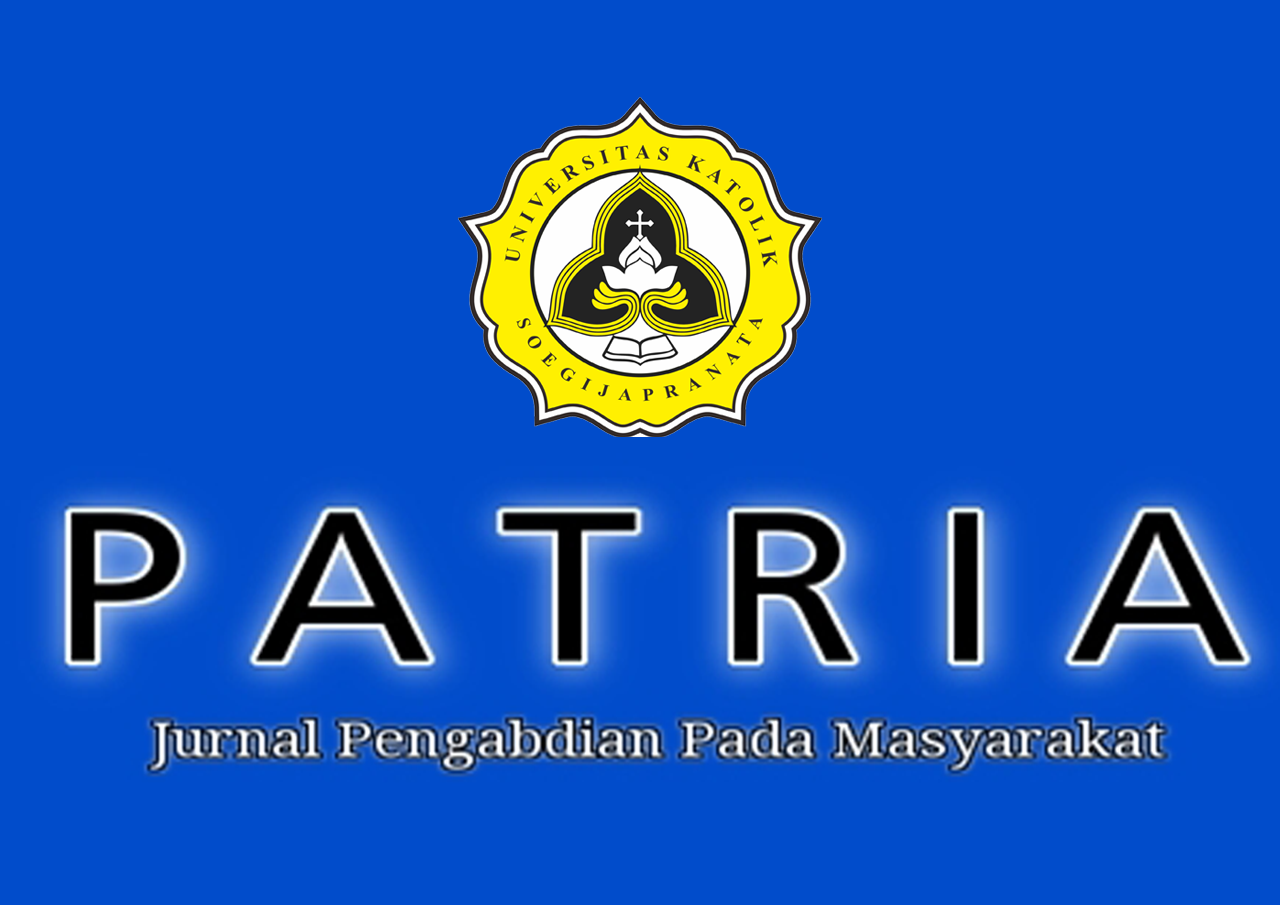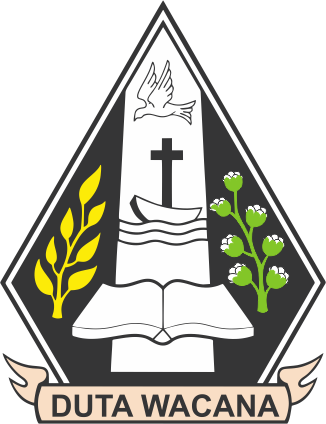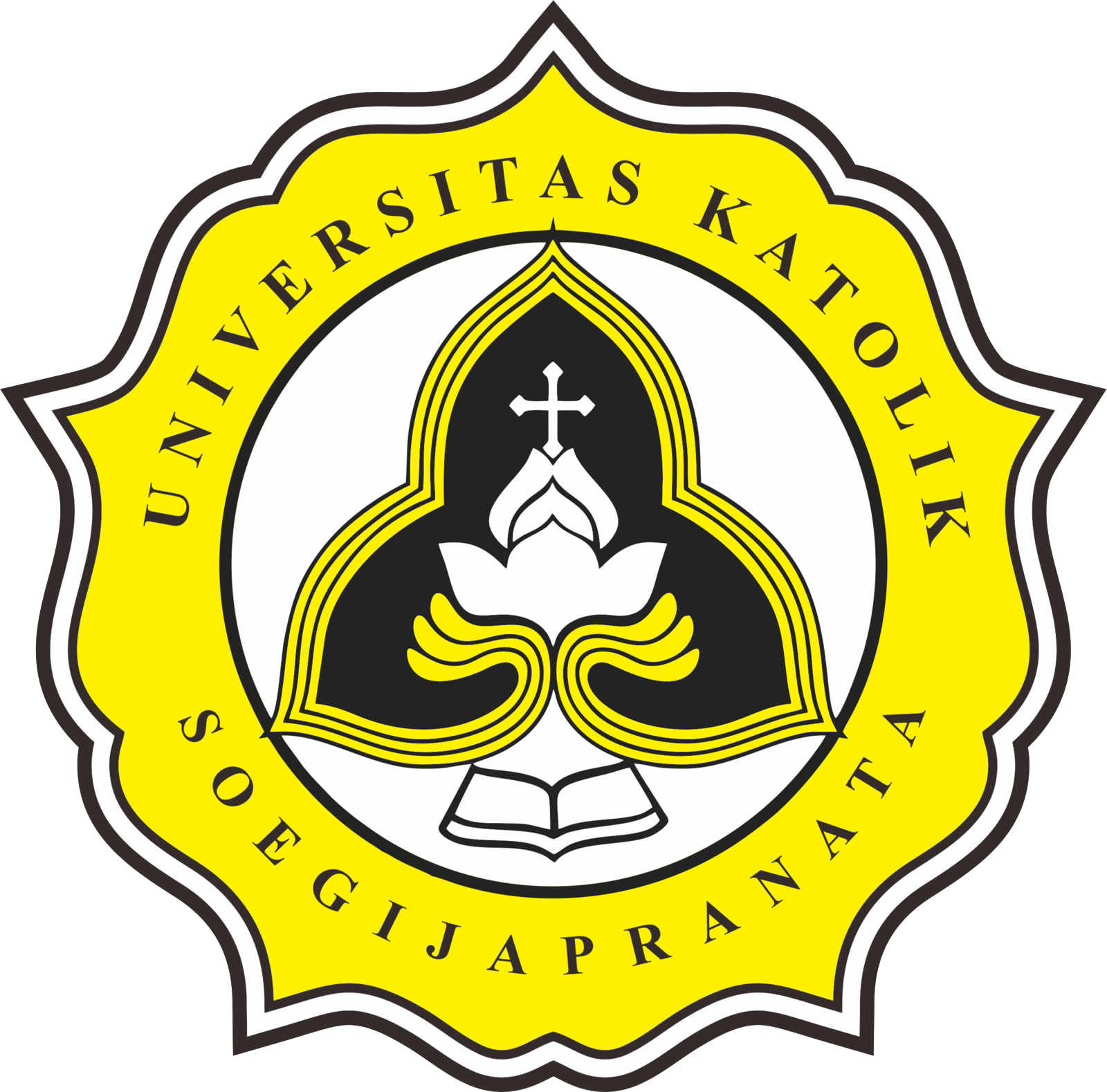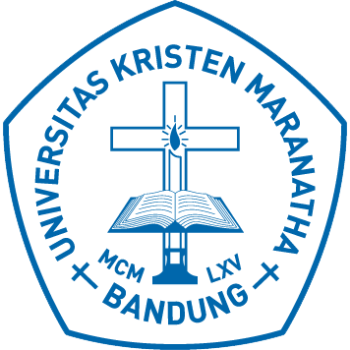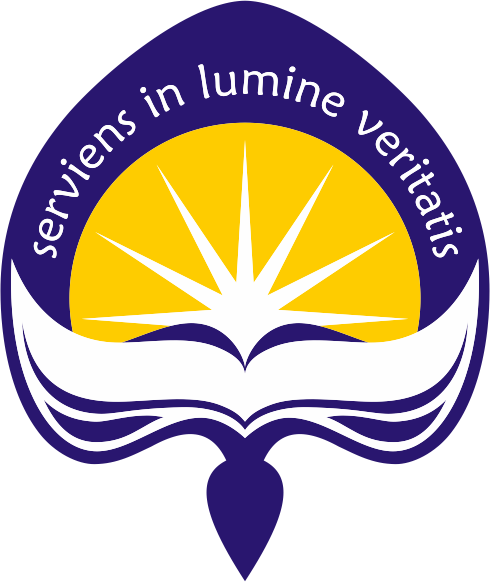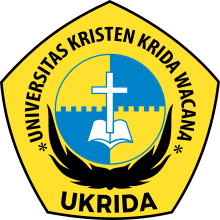Pembelajaran Menulis Aksara Jawa yang Partisipatoris Menggunakan Video Tutorial dengan Memraktikkan Tracing dan Menulis di Pasir
DOI:
https://doi.org/10.21460/sendimasvi2021.v6i1.67Keywords:
Java Script, participatory, tutorial video, tracing, writing on sandAbstract
Language learning activities are not effective if they do not contain elements of repeated practice. Therefore, a participatory language learning design is needed, so that students are able to improve their competence in communicating with the language being studied. This community service activity aims to provide training to parents and assistants of fourth grade elementary school children at home so that adults can participate in the process of learning to write Javanese characters. This learning uses teaching aids adapted from language learning by Montessori. The output of this activity is a video tutorial that shows the initial steps of learning to write Javanese characters by tracing and writing on the sand. In addition, this video also shows the details of the learning mentoring process from Montessori. This video can be accessed and practiced easily at home by the companion with the child, so that the child can be more enthusiastic and happier to learn to write Javanese characters. In addition to adding alternative learning activities, parents and companions can be more involved in the process of acquiring language in children. By doing fun activities, the number of children or students who like writing Javanese characters can also increase for the sake of the preservation process.
References
M. Montessori, The Absorbent Mind, Yogyakarta: Pustaka Pelajar, 1995.
D. N. Afifah and Kuswanto, “Membedah Pemikiran Maria Montessori pada Pendidikan Anak Usia Dini,” Pedagodi: Jurnal Anak Usia Dini dan Pendidikan Anak Usia Dini, Vols. Volume 6, Nomer 2, Agustus 2020, pp. 57-68, 2020.
V. I. Ekowati, "Perubahan Sistem Pembelajaran Aksara Jawa," in Seminar Nasional Pembelajaran Bahasa dan Sastra Daerah dalam Kerangka Budaya Jawa, 8 September 2007, Yogyakarta, 2007.
M. Hartanto, “Pembelajaran Aksara Jawa untuk Anak Kelas 3-6 Sekolah Dasar,” Fakultas Teknik UBAYA, Surabaya, 2012.
Peraturan Gubernur Daerah Istimewa Yogyakarta (DIY) Nomer 64 Tahun 2013, [Online]. Available: https://peraturan.bpk.go.id/Home/Details/21626. [Accessed 12 Mei 2021].
Tim Redaksi, “Program Digitalisasi Bahasa dan Aksara Jawa,” Kompas, p. 8, 19 Oktober 2020.
Sutarsih, “Pembelajaran Menulis Aksara Jawa Kelas III Sekolah Dasar,” Aksara, Vols. Volume 27, Nomer 1, pp. 65-72, 2015.
V. Pisarenko, “Teaching a Foreign Language Using Videos,” Social Science, Vols. Vol. 6, no. 4, Oktober, p. 125, 2017.
Tim Redaksi, “Being Bilingual Boosts IQ in Children, Talking in Native Language At Home Associated With Higher Intelligence,” 24 Agustus 2018. [Online]. Available: https://www.indiatoday.in/educationtoday/ news/story/bilingualism-boosts-iq-native-language-higherintelligence- 1322467-2018-08-24. [Accessed 25 Oktober 2021].
V. Marian and A. Shook, “The Cognitive Benefits of Being Bilingual,” Cerebrum, Vols. September-Oktober, p. 13, 2012.
Downloads
Published
How to Cite
Issue
Section
License
Copyright (c) 2021 Sendimas 2021 - Seminar Nasional Pengabdian kepada Masyarakat

This work is licensed under a Creative Commons Attribution-NonCommercial-NoDerivatives 4.0 International License.


